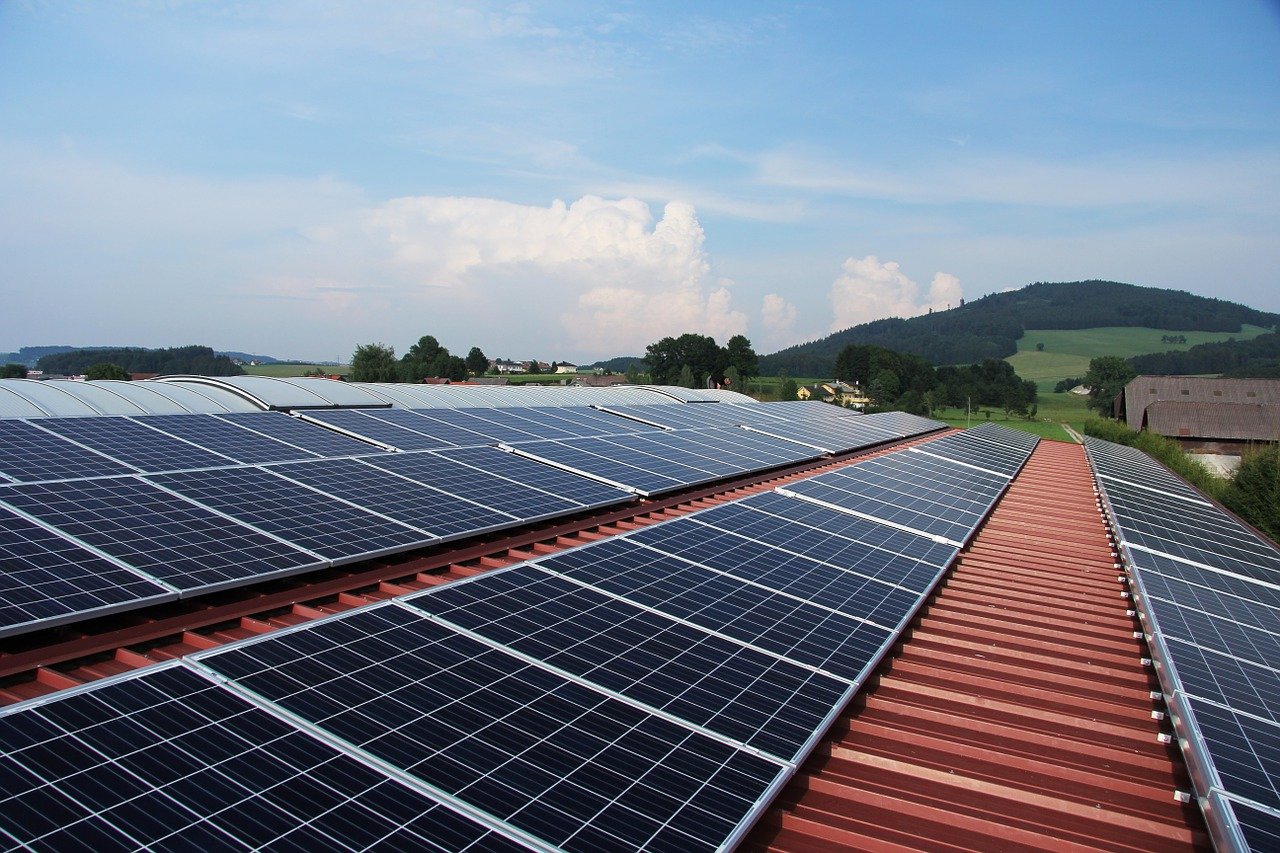The Sleeping Mega Disaster
The “magma chamber” under Yellowstone National Park is 55 miles wide and 20 miles in length and rests six miles below the surface. The volcano is called a “caldera” volcano, meaning it is the biggest type of volcano on earth along with Sollipulli in Central Chili, Nemrut in Eastern Turkey, Fernandina Island Sumit in the Galápagos Archipelago among dozens more around the world.
The image below shows the “ejected volume” for the three previous Caldera events which threw 600 mi.³, 67 mi.³ and 240 mi.³ of “ejecta”, or ash, pumice and lava, into the air respectively. With Yellowstone located in Wyoming and Montana, the immediate population would be devastated.
The last three eruptions of the Yellowstone Super Volcano occurred 2 million years ago, 1.3 million years ago and 630,000 years ago or about once every 600,000 to 700,000 years. Although It may be tens of thousands of years before the next eruption, scientists just don’t know enough to predict accurately and melting roads are a new phenomena.
Turning to Seismology and Vulcanology for Answers
There are currently 40 seismic detectors located around Yellowstone National Park and software to help model what is going on in the earth. For questions and answers by scientists about Yellowstone Caldera and the likelihood of an eruption, visit USGS here.
Related articles on IndustryTap:
- Space Age Floating Lillypad Cities Inspired By Natural Disasters
- Using Engineering To Reduce The Threat & Cost Of Natural Disasters
- Meet DALER: The Drone That Can Fly & Walk, Giving You the Best of Both Worlds.
References and related content:






